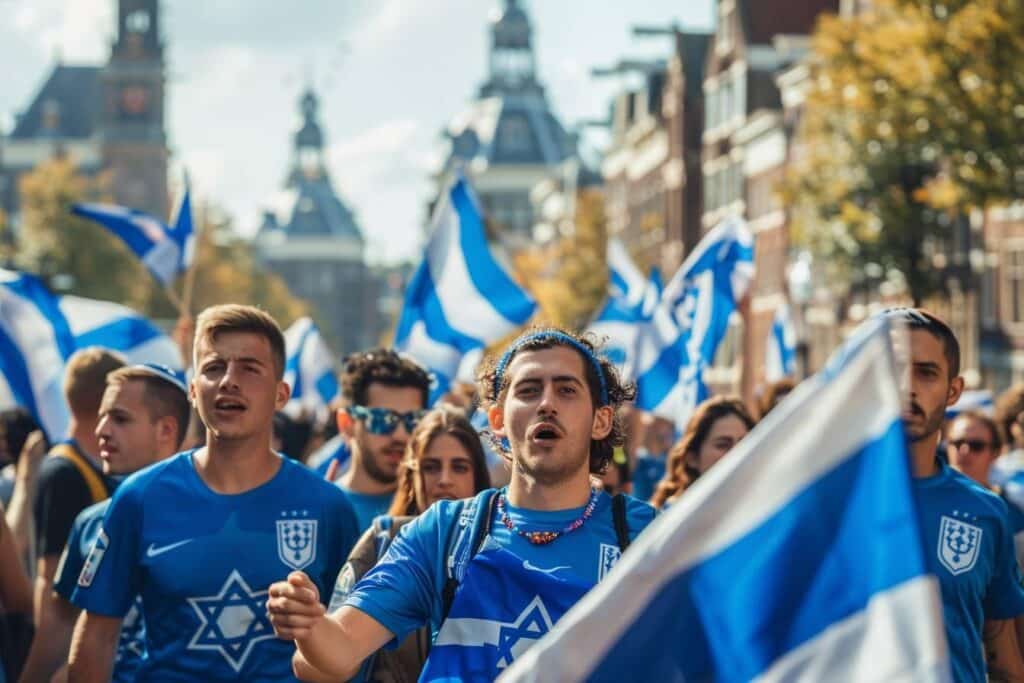The Echoes of History: The Long Road to Restitution for Holocaust Survivors and Their Heirs
In the quiet light of a Vienna morning, the story of a single drawing by Claude Monet encapsulates a broader, ongoing struggle—a quest for justice and healing that reaches across continents and generations. Recently returned to the heirs of a Jewish family after 86 years, this artwork’s journey from a prized possession to a stolen relic, and finally back into the hands of its rightful owners, serves as a poignant reminder of the deep scars left by the Holocaust and the persistent efforts for restitution.
The Legacy of Loss and Recovery
Adalbert “Bela” Parlagi, a Viennese businessman and avid art collector, could never have imagined the odyssey his beloved Monet drawing would undertake when it was forcibly taken by the Nazis. Decades later, his granddaughter, Francoise Parlagi, initiated efforts that would eventually culminate in the artwork’s return—highlighting not only her family’s loss but also their resilience. This restitution is not just about recovering a valuable item; it is about reclaiming a piece of erased history.
The Scale of Cultural Plunder
Drawing attention to a staggering statistic, approximately 20% of European art once owned by Jewish families was stolen or lost during the Nazi era. Out of some 600,000 known expropriated cultural items, around 100,000 remain unaccounted for today. Each piece tells a story not just of artistic merit but also of personal tragedy and dispossession.
Challenges in Art Restitution
The process of returning looted art is fraught with obstacles. During the chaotic aftermath of World War II, many survivors found themselves entangled in bureaucratic red tape, facing daunting legal challenges and often unable to produce sufficient evidence to claim their stolen property. Despite these difficulties, various measures have been implemented to facilitate these processes:
- New York museums are now required to display signs next to artworks stolen during the Nazi era, providing transparency and recognition of their history.
- The establishment of the Art Loss Register offers a searchable database to help track looted items and assist in their recovery.
Cooperation among governments, auction houses, art dealers, and museums remains crucial. Bridget Vita-Schlamp and her late husband’s decision to return the Monet drawing after discovering its history underlines the moral responsibilities held by current holders of art with dubious provenance.
The Human Impact
Behind every looted artifact is a human story marked by loss and suffering. Jews in Nazi-controlled Europe were often forced to sell their cultural treasures at derisory prices or saw them confiscated outright as they sought to escape impending persecution. The repercussions of these acts are still felt deeply by the descendants of those original owners.
The Path Forward: Education and Awareness
Educational initiatives play a pivotal role in preserving the memory of these injustices and ensuring they remain part of our collective consciousness. By understanding the past, we can forge a future where similar atrocities are never repeated. Institutions around the world are increasingly recognizing their role in this educational effort:
- Museums incorporate detailed histories of artworks’ provenance, educating the public about the circumstances under which items were acquired.
- Schools integrate lessons on cultural plunder during World War II into their curriculums, emphasizing both historical facts and ethical considerations.
This combination of education, legal action, and ethical responsibility creates a multifaceted approach towards restitution that honors both history and humanity.
A Symbolic Victory
The return of Monet’s drawing is more than just a legal triumph; it is a symbolic victory against forgetting and injustice. It reminds us that even decades after atrocities are committed, healing is possible. For Holocaust survivors and their descendants, each act of restitution represents not just a return of property but also an acknowledgment of past wrongs and a step toward closure.
Conclusion: Hope Amidst History’s Shadows
The journey towards justice for victims of Nazi looting is far from over. Yet stories like that of Bela Parlagi’s Monet drawing serve as beacons of hope amidst the shadows cast by history’s darker moments. They remind us that through perseverance, collaboration, and empathy, restoration—in both material and emotional forms—is achievable.
In this ongoing narrative where each recovered piece sparks both celebration and reflection, we find an enduring commitment to righting the wrongs of the past. It’s a testament to resilience amid devastation, offering lessons that resonate far beyond the confines of art galleries or courtroom battles—it touches upon the very essence of human dignity and our quest for justice.



